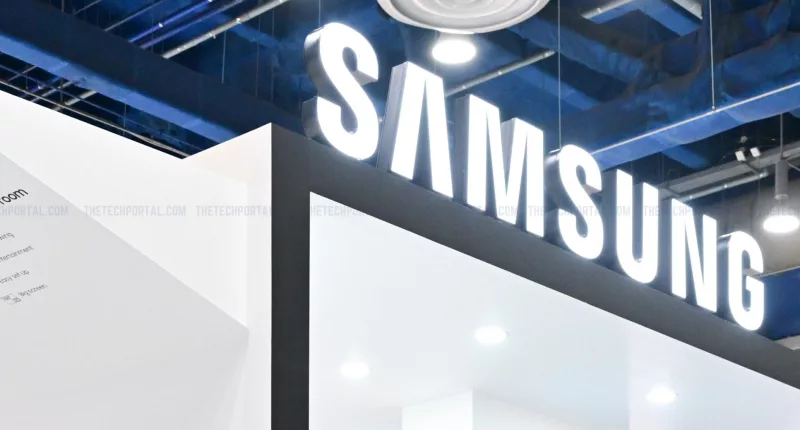Samsung Electronics, the South Korean tech behemoth, has marked an impressive performance for the first quarter of the year, bouncing back from the lows of previous year and previous quarters. After a challenging year marked by a slump in demand for electronics and a subsequent decline in profits, the company reported a staggering increase of tenfold in operating profit compared to the same period last year.
Samsung’s financial success in the first quarter was predominantly driven by a surge in demand for memory chips, particularly those used in artificial intelligence (AI) applications. The company witnessed a near doubling of its memory chip sales during the period, propelled by a steep ascent in prices fueled by the AI boom and marking an increase of 96% in revenue during Q1 2024. This surge in demand and pricing contributed significantly to Samsung’s operational profitability, with the company’s operating profit soaring to 6.6 trillion won ($4.8 billion), marking its highest operating profit since the third quarter of 2022. For now, the company remains optimistic about sustained growth in the second half of 2024. “In the second half of 2024, the foundry market is expected to see limited growth as uncertainties are likely to persist,” Samsung noted.
Overall, the company’s revenue for the quarter amounted to 71.92 trillion Korean won (about $52.3 billion), thus comfortably exceeding the estimated 71.04 trillion Korean won, and clocking an annual growth of 12.81%. The market response to Samsung’s optimistic outlook was immediate, with a 1.6% surge in its shares during morning trading, surpassing the benchmark index’s modest 0.5% uptick. Samsung is currently trading at KRW 78,000. “The company posted KRW 71.92 trillion in consolidated revenue on the back of strong sales of flagship Galaxy S24 smartphones and higher prices for memory semiconductors. Operating profit increased to KRW 6.61 trillion as the Memory Business returned to profit by addressing demand for high value-added products,” Samsung noted in its official statement.
The strong resurgence of Samsung’s memory chip business is unsurprising and can be attributed to multiple factors. For one, there has been a significant rise in the price of memory chips, particularly NAND flash and DRAM, which are essential components for modern electronics and AI systems. This price increase was fueled by strategic customer stockpiling in anticipation of further price hikes. For another, and perhaps most importantly, the burgeoning AI sector has created a significant demand for high-performance memory chips. This is crucial at a time when generative AI models rely heavily on high-bandwidth memory to function efficiently, thus creating a bottleneck in the AI supply chain, with demand for such memory chips exceeding the production capacity (which is where Samsung comes in). The company recently commenced the mass production for its latest high bandwidth memory (HBM) chips, tailored for generative AI chipsets.
Furthermore, the company’s mobile devices segment also contributed positively. The launch of the flagship Galaxy S24 smartphones, boasting innovative onboard generative AI features such as “Circle to Search,” generated strong sales despite headwinds from rising memory chip costs. Looking ahead, the company plans to leverage AI further by incorporating these features into its entire range of tablets and wearables, potentially including upcoming devices like the Galaxy Ring and the next generation of smartwatches.
The Tech Portal is published by Blue Box Media Private Limited. Our investors have no influence over our reporting. Read our full Ownership and Funding Disclosure →






